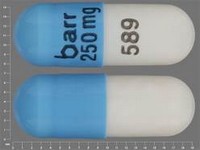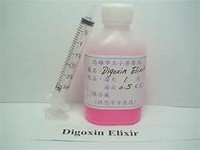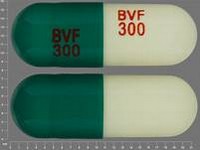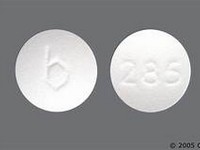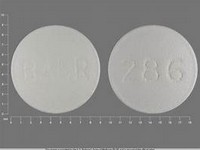sodium chloride

CLINICAL USE
Treatment and prophylaxis of sodium chloride deficiencyDOSE IN NORMAL RENAL FUNCTION
Oral prophylaxis: 40–80 mmol sodium daily, up to a maximum of 200 mmol sodium dailyIV: in severe deficiency 2–3 litres over 2–3 hours then reducePHARMACOKINETICS
DOSE IN RENAL IMPAIRMENT
GFR (mL/MIN)
DOSE IN PATIENTS UNDERGOING RENAL REPLACEMENT THERAPIES
IMPORTANT DRUG INTERACTIONS
Potentially hazardous interactions with other drugsMay impair the efficacy of antihypertensive drugs in chronic renal failureADMINISTRATION
Reconstition
–Route
Oral, IVRate of Administration
–Comments
–OTHER INFORMATION
Other regimens: for acute muscular cramps post haemodialysis, 10 mL sodium chloride 30% injection diluted in 100 mL sodium chloride 0.9%, and infused over 30 minutes or in dialysis washbackSodium salts should be administered with caution to patients with congestive heart failure, peripheral or pulmonary oedema, or impaired renal functionSlow sodium ® 600 mg tablet approximately 10 mmol sodium and 10 mmol chloride.
See how to identify renal failure stages according to GFR calculation
See how to diagnose irreversible renal disease
Home

